In the last century, sport has played an increasingly important role in the world’s social, political, economic, cultural and educational systems. Sports science, which has contributed to the development of sports activities throughout the world, has developed at a phenomenal and impressive rate in the last few decades, in terms of both quantity and quality.
Throughout a series of recent exercise and sports science meetings held in the Asian regions, participants from Asia have recognized the need for an independent academic and professional organization for sports science in Asia.
Thus, the Asian Council of Exercise and Sports Science (ACESS) has been founded to promote communication, interaction, and cooperation among Asian exercise and sports science professionals and students in educational, scientific and research institutions, and to encourage the exploration of issues specific to the Asian regions.
The ACESS will explore new paradigms and new perspectives in furtherance of its aims of contributing to the development of exercise and sports science, and to the general improvement of health, fitness, and the quality of life of those living in Asia.
History
The foundation of the ASIAN COUNCIL OF EXERCISE AND SPORTS SCIENCE (ACESS) is the outcome of an idea first conceived during the 6th Pacific-Rim Conference on Exercise Science and Sports Medicine held December 10-11, 1999 at Yeungnam University, Korea. Under the combined visionary leadership of Dr. Tae-Won Jun (Seoul National University, Korea), Dr. Ming-Kai Chin (Hong Kong Institute of Education, Hong Kong, China), and Dr. Mario G. Imson (University of Baguio, Philippines), the ACESS was conceived.
At the 2000 International Conference for Physical Educators (IPCE 2000) held in Hong Kong July 7-8 200 at the Hong Kong Institute of Education, Hong Kong, China, Dr. Jasson Chiang (Chinese Culture University, Taiwan) agreed that there was a need for the ACESS. During the conference, the four aforementioned people held a meeting on the ACESS. They discussed the purpose and by-laws of the ACESS. As a result of that meeting it was decided that a general meeting would be held biennially with the Asia-Pacific Rim Conference on Exercise and Sports Science. Dr. Tae-Won Jun accepted to be the acting president in order to set up the organization and to prepare the 2001 Asia-Pacific Rim Conference.
In December 2 - 3, 2000, a founders’ meeting was held in Taipei, Taiwan, to discuss the ACESS Constitution and By-laws. The meeting was hosted and sponsored by Dr. Jasson Chiang of the Graduate Institute of Sport Coaching Science of the Chinese Culture University (Taiwan), and Ms. Cillia Chiang of the Aerobic Fitness and Health Association of Taiwan.
Mission
ACESS's mission is to promote communication, interaction, and cooperation among Asian exercise and sports science professionals and students in educational, scientific, and research institutions, and to encourage the exploration of issues specific to the Asian regions. In particular, the ACESS seeks to promote and facilitate communication among young researchers and students in the Asian regions. In these ways, the ACESS seeks to make a contribution to the enhancement of the quality of life among Asians in particular, but also for the rest of the world. [approved by the 2001 Asia-Pacific Rim Conference on Exercise and Sports Science & the Inauguration and First General Assembly Meeting of Asian Council of Exercise and Sports Science, 6 July 2001.
The Academic Activities of ACESS have the following purposes:
-
Promoting research in the areas of exercise and sports science; facilitating international exchanges among researchers and students in the Asian regions; and assisting young scholars/graduate students in conducting applied research in exercise and sports science;
-
Organizing conferences on exercise and sports science;
-
Publishing resources and literature related to exercise and sports science;
-
Establishing links with other institutions and organizations involved in exercise and sports science activities.

